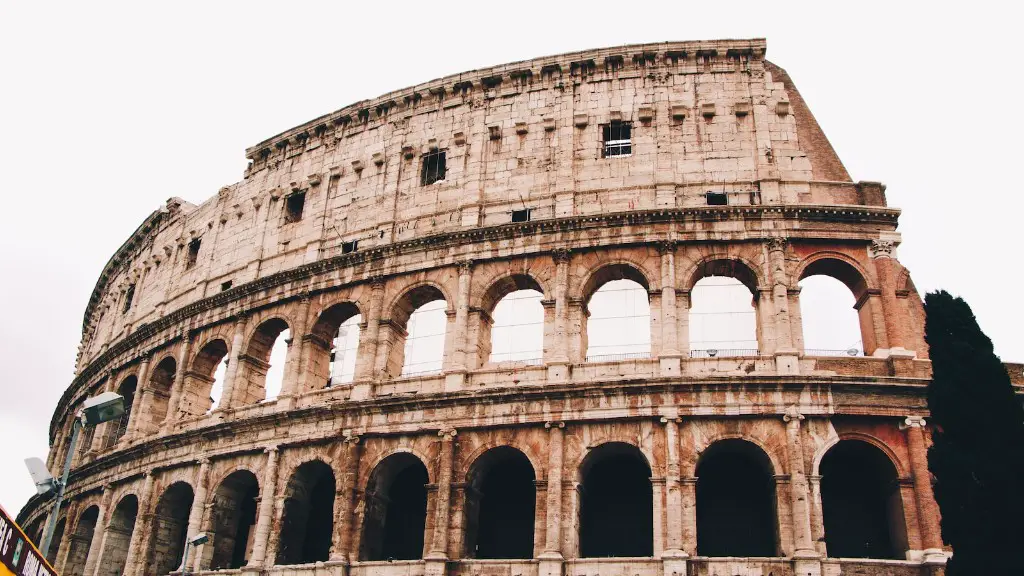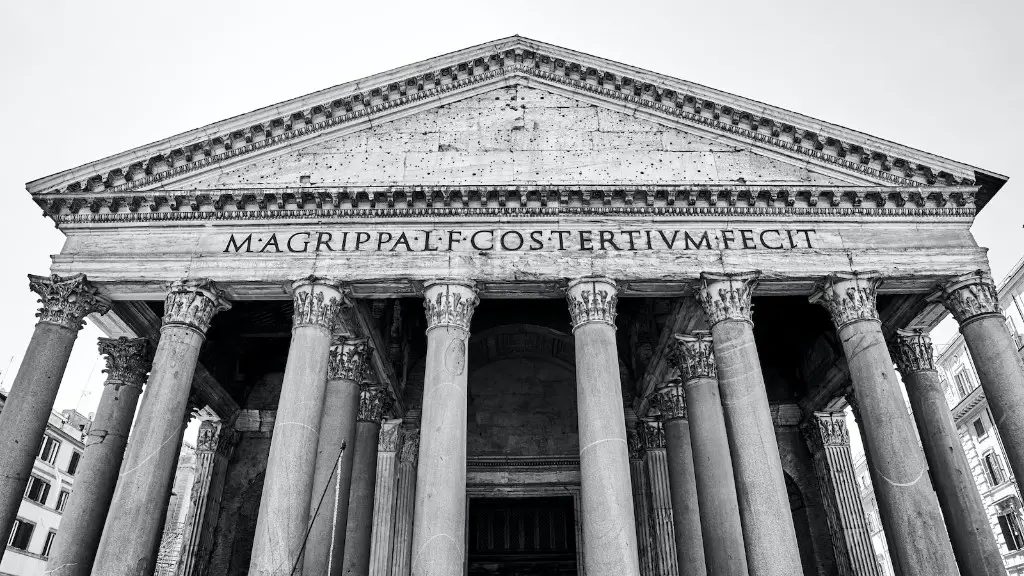The ancient Romans were undoubtedly purveyors of fine wines. In fact, they even had a god of wine, Bacchus. Ancient Rome was known for its consumption of the best wines. They were not like the regular wines we consume today. In fact, some of them have gotten lost in time with no way of knowing what ancient Roman wine really was like.
One of the most popular wines at the time was Falernian, made from special grapes in the region of Campania which was famous for its vineyards. Wine was usually mixed with herbs, spices, and honey, resulting in a special and highly sought-after drink that has been lost in time and all its flavoring details.
To understand what Ancient Roman wine was really like, we need to go back to the time when the Romans were making it. It was an art form back then, and a lot of care went into the process. Ancient Romans were meticulous in the way they made wine and in the ways they chose to serve it. There were several varieties of wine, and they all had unique properties. Some were sweet, some were strong, and some were more delicate. The Romans even had wines that were lighter in color and had a distinct aroma.
The ancient Romans used different methods of growing grapes, such as vinum pomaceum (pomegranate wine), vinum acinatum (grape wine), and vinum argentatum (white wine). These methods all had a significant impact on the flavors of the finished product. Romans also took great care in storing their wines so as to preserve them for a longer period of time. They believed that this would keep the flavor and quality of their wines for a much longer period, and in turn, it would bring honor and prestige.
The Ancient Romans also had the tradition of toasting at feasts and banquets with the famous phrase “Salve”, which is still used today. It was believed that the toasting of wine brought health and prosperity to the participants. It was also believed that if the gods were to accept a toast, then the toast should be made with rich falernian wine.
History of Wine
The history of Wine in ancient Rome goes back to their earliest days. It’s believed that Romans were already drinking wine as early as the 5th century BC. Wine was made from grape vines that had been cultivated in the region over two millennia, creating an intricate and complex culture of production, consumption, customs, and, of course, wine.
In the early days, wine was imported from the Greek colonies that had set up shop in the area, but as time went by, it was the Romans who exert their newfound power and influence on the production of wine in the region. Soon enough, vineyards that continued to exist to this day began to flourish and produce some of the most famous wines of Ancient Rome.
The Romans would age their wines in terracotta or wooden barrels for long periods of time, and even mix it with honey, herbs, and spices to create a truly unique alcoholic beverage. This form of wine culture, with its experimentation and flavorings, were some of the most popular and sought-after drinks of the Roman Empire.
Wine Making Techniques
Wine making in Ancient Rome was much different than it is today. In order to produce a fine quality wine, the Romans were required to understand viticulture, or the production of grapes. Grapes were grown in terroir and climate-distinctive vineyards, and each type of grape had its own unique properties.
Once the grapes were harvested, they were then processed either through treading or pressing. This process was done in order to extract the juice from the berries, which would then be allowed to ferment over time before it was ready for drinking. The Romans also used sulfur dioxide to preserve their wines for longer periods of time so that wines could travel further and last longer.
After the fermentation period, the wine was aged for a set amount of time in either clay amphorae or wooden barrels. This aging process allowed for the development of tannins, which in turn added complexity and depth to the wines. This was the secret to Roman wines, as their wines had strong flavors, sweetness, and body that make them so recognizable today.
Storing and Serving
It’s likely that Ancient Roman wine was stored in terracotta jars known as amphorae. These jars were sealed and could hold anywhere between 10 and 200 liters of wine. The sealing process was done by using goat hair, beeswax, or clay, which helped keep the wine safe from contamination.
When it came to serving the wine, the Romans would use vessels like beakers, mugs, and even glass bottles, though glass was a rare luxury at the time. Wine was also served in bronze, silver, and gold cups. The fancy cups often had symbols of their gods or emperors engraved on them, making them very expensive and highly sought after.
Influence on Other Cultures
The culture of wine in Ancient Rome has been a significant factor in the development of other cultures’ wine-making rituals and customs. Not only did the Ancient Romans develop better storage and aging processes, but they also created new methods of wine production, such as mixing different types of grapes or adding various spices. All of these practices are still used today by winemakers around the world.
The elegance of Ancient Roman cuisine also gained notoriety and is present in modern-day dishes. It was highly important for Romans to have the perfect accompaniment for their food, and this was usually a fragrant glass of wine that was carefully chosen and matched to the occasion. This tradition is still alive today, as many restaurants offer wine-pairing menus for their patrons.
Legacy
The influence of Ancient Roman wine culture can still be seen and tasted today. The tradition of toasting during special occasions has remained unchanged, and their careful and complex methods of wine production and storage have been passed on through the generations. And, the unique flavors of the legendary Falernian wine are still coveted and appreciated by sommeliers around the world.
Not only did Ancient Rome leave a lasting mark on wine culture, but they left a lasting impression on the world as a whole. Their innovation and sophistication paved the way for modern-day practices, helping us to create, enjoy, and appreciate the complex and delicious wines of today.
Variety
Ancient Roman wine had many varieties, ‘Vinum Apianum’ or ‘Honey Wine’ was a favorite of the Romans and included fermented honey, honeycomb, herbs and spices. Then there was ‘Vinum Passum’, which was similar to Vinum Apianum but was made with dried grapes. Vinum Racematum and Vinum Acetum were both popular wines of the time as well.
Grape wines were also popular, with red wines such as ‘Vinum Rubrum’ and ‘Vinum Murrae’ being quite popular. Another popular wine was ‘Vinum Optimum’, which was the strongest and richest variety of wine that was made in the region. Another popular option was the sweet dessert wines, such as Vinum Sapa and Vinum Commandinum.
All of these wines were made with a lot of care and sophistication, and the different varieties were each unique in their own way. Ancient Roman wines were known for their complexity, flavor, and aroma, making them quite distinct from modern-day wines.
Conclusion
The world of wine is an intriguing and ever-changing one, and Ancient Rome played an integral role in its development. From the techniques used in viticulture to the savored flavors and aromas, Ancient Roman wine culture has had a long-lasting impact on the world of wine and will surely continue to do so for years to come.





